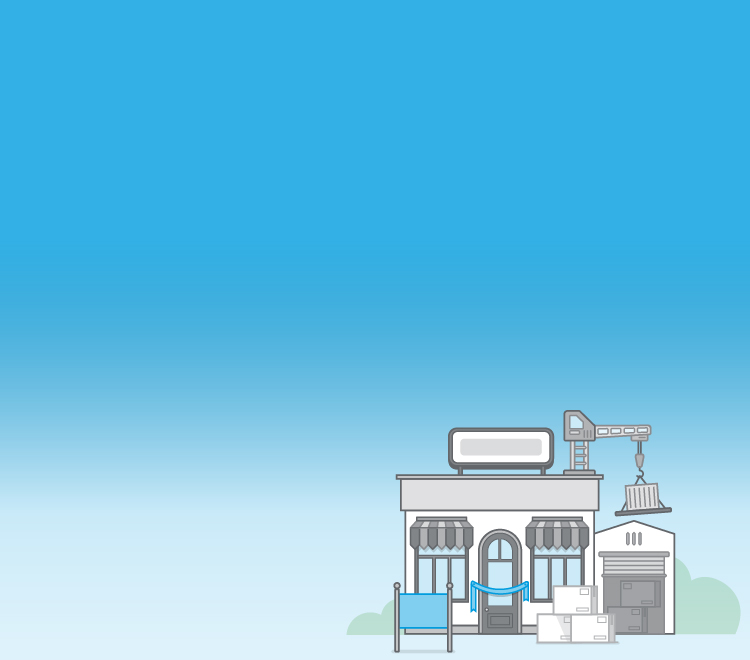03 March 2022
The majority of mid-market retailers are committed to bricks and mortar, despite online sales reaching never-before-seen levels during the pandemic and a dramatic drop in footfall. What’s in Store?, our 2021 survey of over 250 retailers, found that almost 60 per cent were planning to increase their retail space over the coming two years. Only 13 per cent expected to decrease their footprint.
This confidence in the store experience surfaced during a year when High Street footfall saw a gradual recovery after a disastrous 2020. According to Datscha, footfall on London’s Oxford Street dropped by 63 per cent from 2019 to 2020. Manchester’s Market Street and Glasgow’s Buchanan Street saw similar falls, of 64 per cent and 63 per cent.
Despite a shaky start to 2021, footfall grew steadily through the year with December being a peak for cities across the UK, including Glasgow, Manchester and London. Omicron jitters in November knocked shopper confidence. By the 2021 year-end, although London’s Oxford Street had improved, it was still down 61 per cent on the pre-pandemic averages recorded in 2019. Glasgow fared slightly better, helped by COP26. In December, Oxford Street footfall was 60 per cent of what it had been in 2019 – a dangerous fall for many retailers.
Factors affecting footfall
It’s no surprise that footfall levels have been trampled down; coronavirus, the closure of non-essential retail, and repeated national lockdowns have all caused huge damage to the shopping areas of our cities.
The work from home mandate, followed by the widespread adoption of hybrid working, has hit London particularly hard, as has the disappearance of international tourists.
As restrictions were lifted, shopping streets were hit by exceptionally wet weather in May and then again in October. If that didn’t bring enough gloom for shoppers and shops alike, we have a looming cost-of-living crisis. Consumer confidence, already fragile from the pandemic, is taking yet another hit and this all impacts footfall.
Why retailers should be positive about bricks and mortar
So, if the outlook for our cities is so dismal, why the positivity about investing in retail space?
![]() The footfall trend for 2021 has been largely upward. There is optimism that we are finally emerging from the pandemic. Retailers are hopeful that omicron was a blip, and that by March 2022 we will be restriction-free with the worst of coronavirus behind us.
The footfall trend for 2021 has been largely upward. There is optimism that we are finally emerging from the pandemic. Retailers are hopeful that omicron was a blip, and that by March 2022 we will be restriction-free with the worst of coronavirus behind us.
![]()
Many big-name brands have closed their doors for good. According to the British Retail Consortium, the retail vacancy rate sat at 14.4 per in the last quarter of 2021. For retailers looking to expand their store footprint, there are deals to be done – shorter leases, lower rents, holiday sign-up incentives, and prime sites too.
![]()
Online shopping now represents 27.7 per cent of UK retail sales but there are still many products consumers prefer to buy in person. Buying soft furnishing, clothing and footwear is a tactile experience – consumers want to touch and see so they can make judgments about quality, feel and fit.
![]()
Shopping is a social activity – the relationship between hospitality and retail has never been clearer, with retail sales increasing as hospitality re-opened. Good hospitality increases ‘dwell time’, and therefore spend, as well as enhancing the shopping experience. Spending time together on days out with friends and family has never been more valued.
![]()
With buildings becoming increasingly tech-enabled, the shop can become a data centre that collects and analyses data on customer behaviour. Smart stores will enable retailers to build a bespoke experience for every shopper – imagine entering a shop and an interactive map pops up on your phone, showing the fastest route to the items you want, and an app that can set up a ‘buy now, pay later’ arrangement, and call an in-store assistant when (and if) you need help.
Footfall was already decreasing in our cities before the pandemic, so we are unlikely to see a return to 2019 levels – especially in cities dependent on office workers. Footfall patterns are also changing. Weekdays, especially Mondays, are quieter and Saturdays are busier than ever. Managing these bigger peaks and deeper troughs of demand will be a challenge and may require changes in opening hours, possibly to align more closely with nearby hospitality providers. Retaining good staff in a competitive jobs market will be key, especially as wages rise in nearby bars and restaurants.
Getting feet on streets and shoppers in stores is essential if we’re to see overall growth in retail spending, but a friction-free online experience is just as important. There’s no doubt that retail is evolving and that this is a time to rethink the retail offering. Keeping the best of in-store and investing in technology to enhance the customer experience will help the sector to regain its pace.
Footnote: Notes on the data/Datscha methodology
Datscha footfall data is harvested from 10 million mobile devices, whereof 3.5 million are daily active uses. The anonymised and GDPR compliant data is provided by an AI company who access over 80 sources including mobile apps, wifi hotspots and telecom providers. The provided figures are an average of movements in footfall levels taken from three representative sample segments on each street as named in the article.





